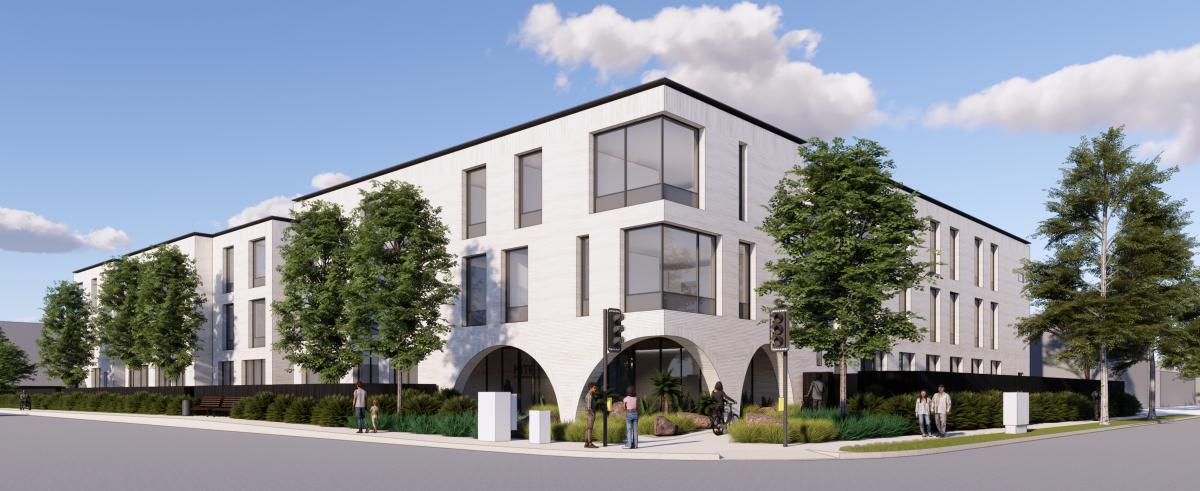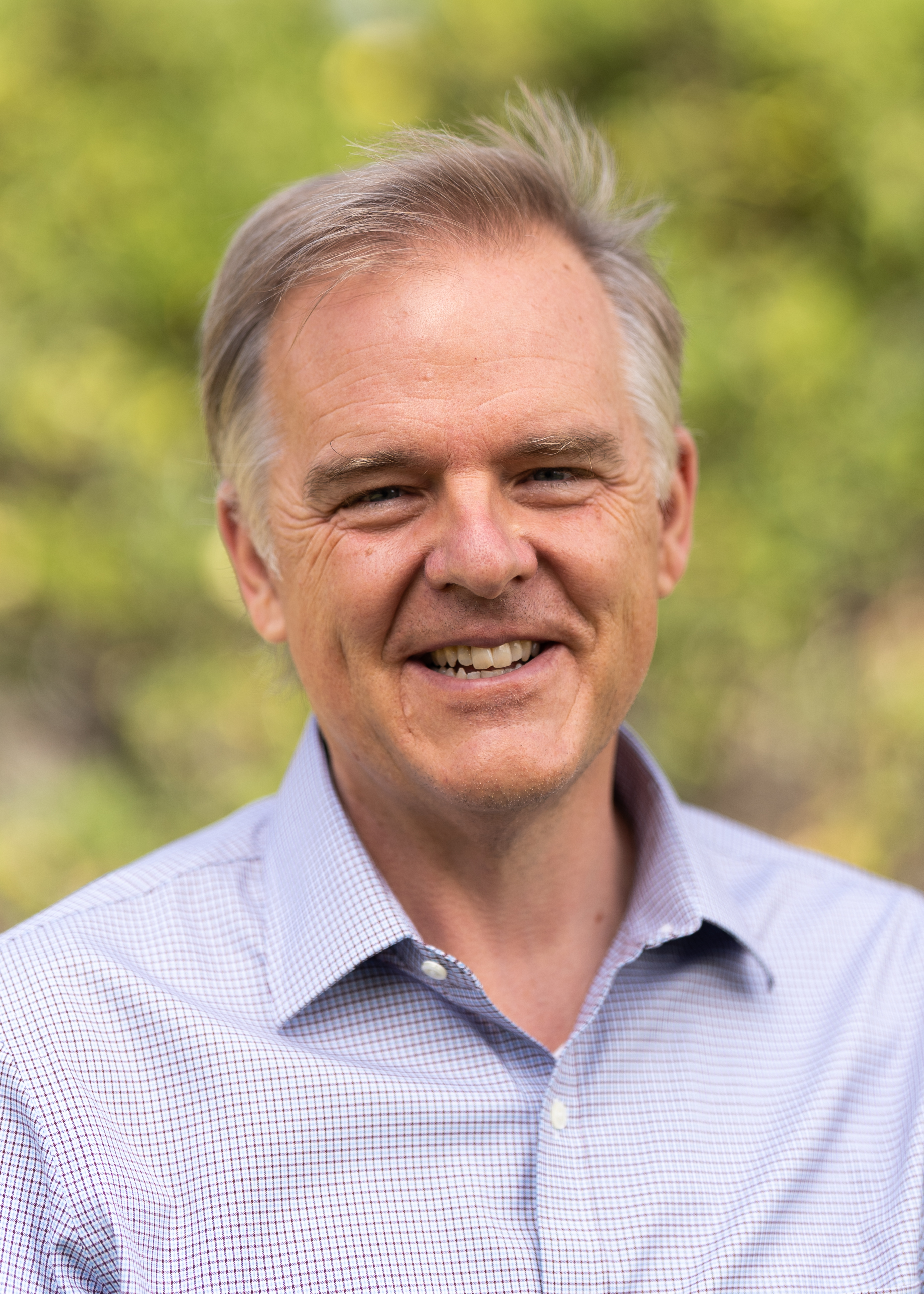
 Lars Bildsten
Lars Bildsten
Photo credit: Mia Nie
The banner image is a rendering of KITP House, our newest project aimed at enhancing collaborative science for the next century by providing housing for our postdoctoral scholars, graduate fellows and long-term sabbatical visitors. All of these KITP scholars are challenged to find suitable housing in the local market and are scattered throughout Goleta and Santa Barbara. Following the successful construction and operation of the Charles T. Munger Physics Residence—our purpose-built facility funded by Charles T. Munger to house KITP’s visiting scholars—a consortium of donors has funded the new property purchase and will fund and undertake the design, construction and furnishing of this new building.
Already, over $7 million was gifted to acquire a vacant, 1.2-acre parcel for the project. The property sits at El Colegio Road and Camino Pescadero, directly across the street from the Munger Physics Residence. KITP House will enable nearly continuous collaboration between visiting and long-term KITP scholars. The new facility will feature high-quality design and construction as well as landscaped outdoor space for private use and social activities for those who live there. ZGF Architect’s Los Angeles office is undertaking the design work, and I have been able to bring back the project manager from the Munger Residence construction, Ray Aronson.
We are off to a great start! We have already attended three UCSB Design Review Committee meetings and received campus approval on June 24, 2025 to proceed to the next phase. I will continue to update you as we progress through the design and construction, which we expect to begin in early 2026 for a projected opening in late 2027.
Given the news of the KITP House, it’s very fitting that we announce the matching challenge from an anonymous donor to honor Glen H. Mitchel, Jr. Glen introduced me to Charlie Munger in July 2012 and was an integral part of ensuring that the building’s construction met the highest standard. To honor Glen’s contribution, an anonymous donor has offered a $1,000,000 matching challenge to endow support for the professional development of KITP Postdoctoral Scholars. As explained in that article, this fund will ensure that these early-career scientists have the travel and research resources they need to succeed. Please consider making a contribution.
Many spontaneous events occur at the KITP. The article starting on page 3 tells the remarkable story of a visitor, Professor Jonathan Feng (UC Irvine), who gave a talk at a KITP conference only to discover that a program manager from the Heising-Simons Foundation, Jochen Marschall, was in the audience and found his idea so inspirational that he offered funding support. The resulting experiment is now underway, and first results are out. Although Jonathan is a theorist, he saw an experimental opportunity and made the most of it!
KITP is viewed by many as one of the prime centers for theoretical physics in the world. This is due to both our programs that bring over 1,000 visitors to the institute, as well as the faculty, postdocs and graduate fellows that are the intellectual basis of all we do. France’s national science agency, CNRS (Centre National de la Recherche Scientifique, or National Science Research Center), approached KITP about establishing an international research lab in Kohn Hall that would support 3-6 long-term scientific visitors from French institutions. Led by Lucile Savary (CNRS/ENS Lyon) and Boris Shraiman (KITP Permanent Member), this endeavor has been underway for about a year and has already led to new science that demonstrates its significance, as described on page 6.
Our final article was written by a KITP program participant, Professor Paul Duffell (Purdue), explaining one specific value of bringing scientists together for long periods: the opportunity to truly compare results. The venue was the science problem of the interaction between a stellar binary and the disk of material surrounding it at birth. Many separate research groups had calculated the resulting interactions but found disparate results. As Paul describes, only by having all of these scientists together can you truly resolve the differences and agree on a set of standard test problems and their outcomes. Such an exercise was famously carried out in 1999, when 13 different groups compared their computations of clusters of galaxies. That paper has been cited over 400 times and continues to be a landmark contribution. We hope that the effort described by Paul is equally successful.
In closing, we continue to forge ahead here at KITP and have announced our programs for the 2026-2027 academic year. We continue to see excellent science and opportunities all around us and look forward to finding new scientific directions. Thanks so much for all of your support and engagement here at KITP!
~ Lars Bildsten, KITP Director
